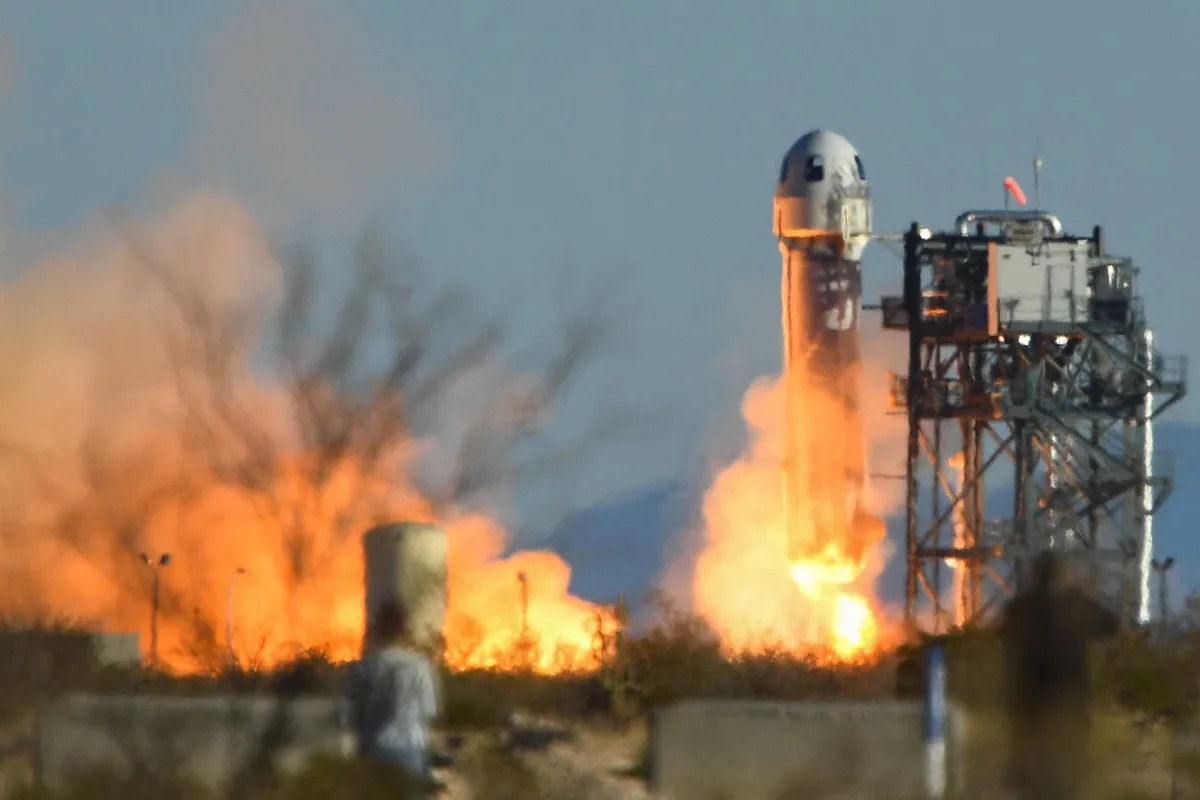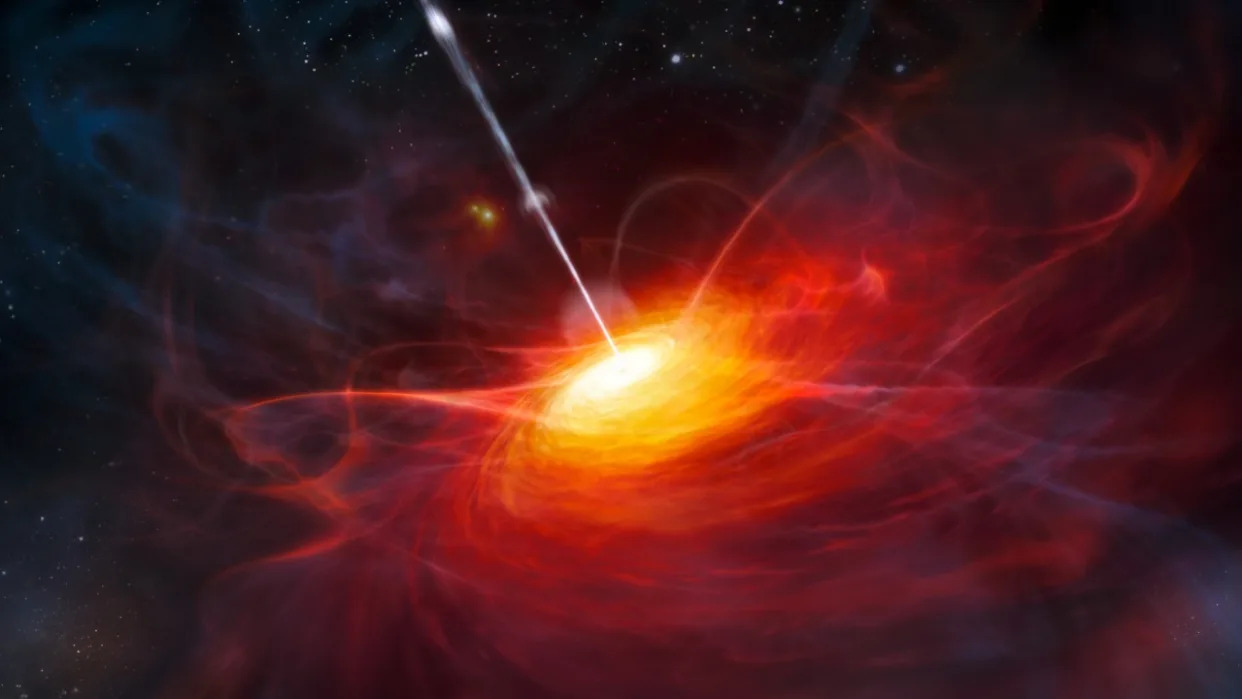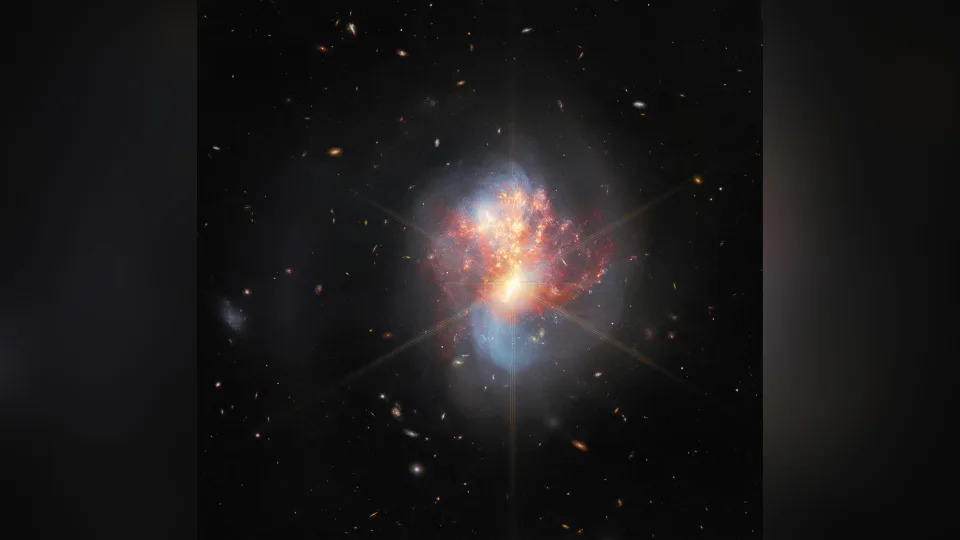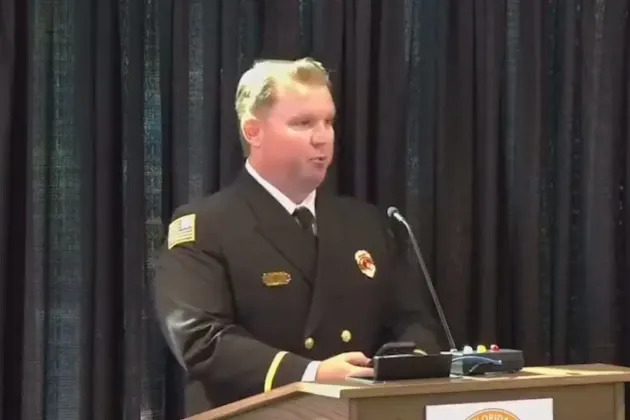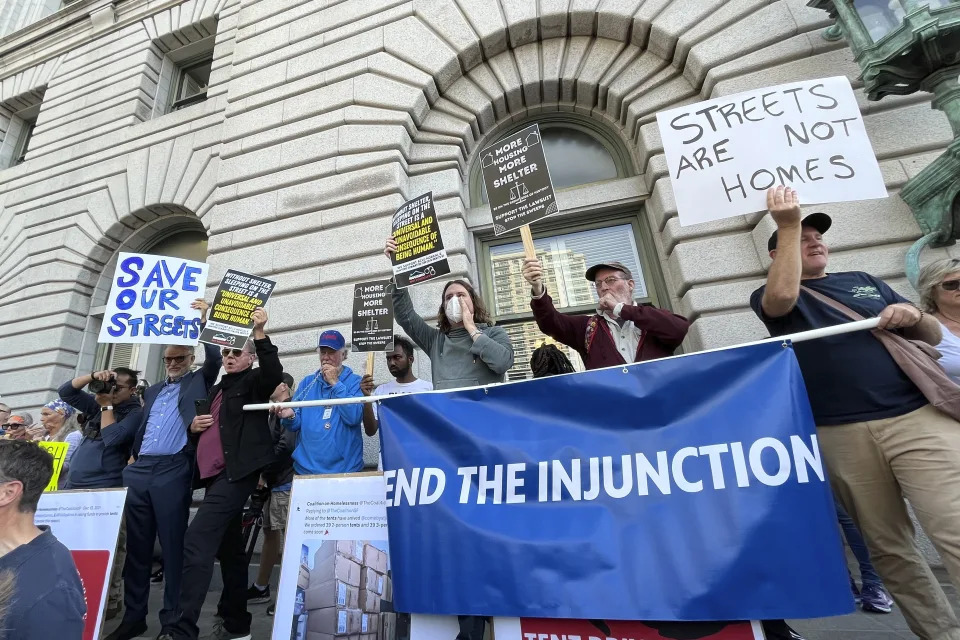More than eight hours before a deadly fire swept through the Hawaiian town of Lahaina on Aug. 8, a small brush fire broke out on the edge of a residential neighborhood located a little more than 1 mile away from the town’s historic waterfront.
Firefighters spent hours dousing the blaze with water and carving boundaries around the burning fields with heavy machinery. They managed to keep the fire away from nearby homes, containing it to some empty plots of land.
Then came what could prove to be one of the key turning points in a disaster that became the deadliest U.S. wildfire in more than a century. With hurricane-force gusts still blowing over the fire site and the surrounding arid shrubbery, crews left the neighborhood. They were needed, officials said, at other locations.
Within an hour, residents and Maui County authorities said, the initial brush fire flared up again and roared down the hillside toward the ocean, destroying nearly everything in its path. This time, the fire swiftly grew out of control. The death toll has reached at least 115, and more than 2,000 structures were destroyed.
In interviews this week, several residents of the area near the original brush fire said they had worried about its return when the fire trucks left their neighborhood. The fire, driven by the wind, had thrown off copious amounts of embers into the dry grasses, some of them said.
“I was angry because they were leaving the area unattended,” said Juan Advincula, 58, who watched the initial efforts to put the fire out. “It was the winds, the dryness and the embers I was afraid of. Someone should have stayed.”
Soon after the fire crews departed, residents said, the fire restarted along the edge of the neighborhood and began rapidly churning down the hillside, casting embers in the grasslands and parched shrubbery.
Gov. Josh Green said in an interview that the fire had been “temporarily out” before it “burst anew.”
“I think there were just embers and wind,” he said.
Maui’s fire chief, Brad Ventura, said in a statement that crews had departed the scene of the first fire to help handle “numerous additional calls for service in other parts of West Maui,” mostly for downed power lines.
The initial fire began burning around 6:35 a.m. in an area more than 1 mile above the town’s central business district. Flames appeared to break out next to Lahainaluna Road in the area of a broken power line operated by Hawaiian Electric, video images show. The fire was already sweeping through dry grass as fire crews arrived on the scene, and it had grown serious enough that some residents were evacuated through thick smoke.
By 9 a.m., the fire department declared that the brush fire was “100% contained,” according to a county communiqué. The fire crews stayed on scene for several hours, monitoring the area, according to videos captured by residents.
Kimo Clark, who owns an excavation company, said that when he learned about the fire, which occurred in the neighborhood where his parents lived, he volunteered his company’s services to help. He said that he left the scene around noon, with firefighters thanking him for pitching in and saying that they did not need his services any longer.
“There was a little bit of smoke here and there, but it was pretty much out,” Clark said. “You cannot contain every piece of burning root and wood. It’s like coal. It would have to rain and flood to put all that out.”
Although the county has said from the beginning that the initial brush fire of about 3 acres was “100% contained” before firefighters left, that would not mean the fire was extinguished. “It means that firefighters have the blaze fully surrounded by a perimeter, inside which it can still burn,” the county said in a news release last week explaining the terms. “A fire is declared ‘extinguished’ when fire personnel believe there is nothing left burning.”
In his statement Tuesday, Ventura changed the county’s description of the early fire’s status, now calling it “extinguished,” with no smoke or heat. Crews left the scene at 2 p.m., he said.
But a woman who lives near the original fire location and declined to be identified because she was helping with the fire investigation said that the burned territory on the edge of the neighborhood still showed signs of heat later that afternoon, with smoke rising in small spots. She said the fire reignited next to her home around 2:45 p.m., and she dialed 911.
As the flames began to spread, some residents rushed to grab hoses to put out the blaze and other new hot spots, while others packed children into vehicles to flee the area. Fire crews raced back to the scene, but by then, the flames were well beyond containment, with winds pushing the fire toward the dense residential neighborhoods below.
“It was wind-driven. Big time. There were 60- to 80-mile-per-hour winds, and we don’t train for that,” said Bobby Lee, president of the Hawaii Fire Fighters Association. “It was a blowtorch, blowing sideways and pushing the fire house to house faster than anyone could extinguish it.”
Christopher Dicus, a professor who specializes in wildland fires and fuels management at California Polytechnic State University, said that a contained fire does not mean that it is fully controlled. Some personnel usually stay to monitor the aftermath, he said, but crews often depart the scene for the sake of cost savings or other duties.
Yet, a fire that seems to be extinguished can roar back to life unexpectedly, especially in strong winds, he said. He noted the 1991 fire that consumed thousands of buildings and killed 25 people in Oakland, California.
Experts had been warning in recent years about the growing wildfire risks in West Maui, a windy landscape filled with nonnative grasses that turn particularly flammable during droughts that are becoming more frequent.
All of these conditions created a dangerous and predictable fire risk, as warned on that day by the National Weather Service, which noted a hurricane offshore and powerful winds blowing over the ridge tops. Even before flames surfaced in Lahaina that morning, a brush fire had broken out near Kula, elsewhere on Maui.
Fire crews would have had to balance the risk that the powerful winds might reignite the morning brush fire against the need to use resources elsewhere. The firefighters association has estimated that about 65 firefighters are on duty on the island at any given time.
“We don’t have a lot of extra firefighters that can come across from, you know, Jersey or Pennsylvania,” Green said. “We have what we have. So the fire broke out again and spread to the town, and the town was dry. So the rest, of course, is tragedy.”
The governor said that the reignited blaze was out of control before firefighters could properly confront it — and quickly got worse.
The inferno was moving so fast, the governor said, that some fire trucks were caught in its path. “Two huge trucks were immediately consumed and melted,” he said. “Fire trucks melted.”
By the time the fire began surging through the central part of town, firefighters had encountered a new problem: The town’s water system was starting to collapse, leaving no water in the hydrants. Firefighters, some of whom lived in the town and lost their homes, had little power to stop the blaze at that point.
The state attorney general has said it will commission an outside investigation to examine the causes of the Lahaina fire and the efforts to combat it. The inquiry will most likely also look at the decision to leave the scene of the earlier brush fire — a decision that some residents are still debating.
Jay Ramos, who lives nearby and had to evacuate his family before fire crews returned, said the day probably would have unfolded much differently had the crews stuck around just a bit longer after the morning brush fire. But he said the island’s firefighting crews have always been quick to respond and did what they thought was right at the time.
“I don’t blame them at all,” he said.
But Aaron Arconado, 27, said he couldn’t help but think that the crews’ departure — from an area he said is known to have brush fires, on a day with so much wind — was the wrong decision. He said that he and his father were surprised as they watched the firefighters leave.
“I wish they had stayed longer because that could have changed things,” Arconado said. “And we would still have a town.”
c.2023 The New York Times Company
